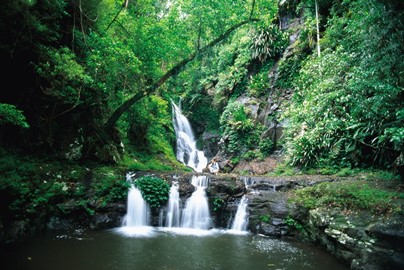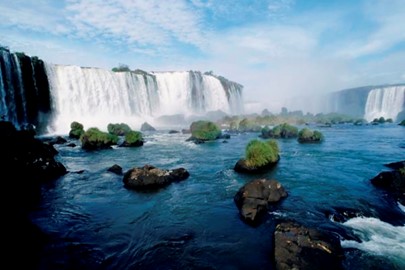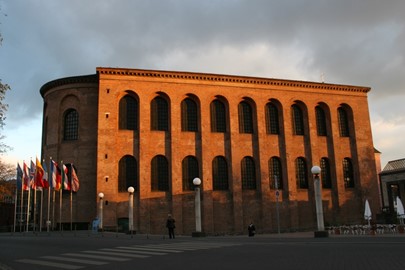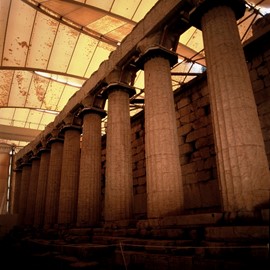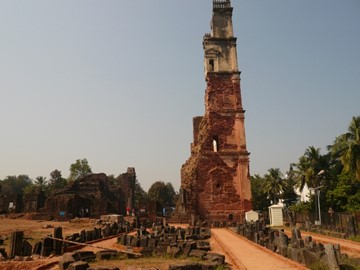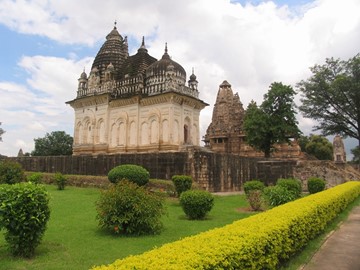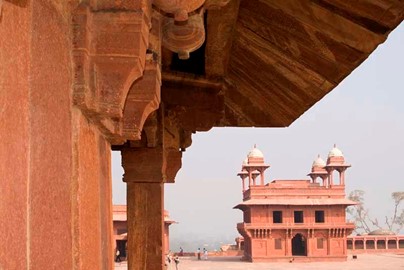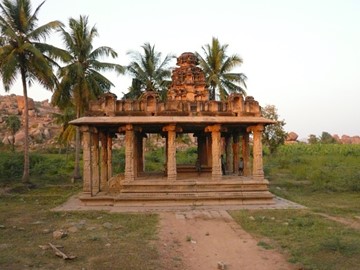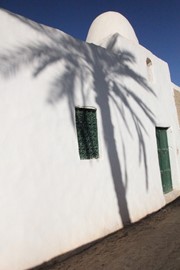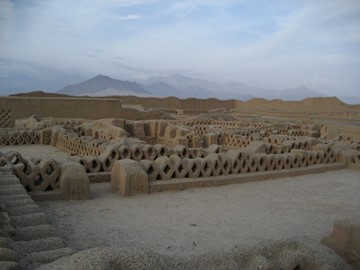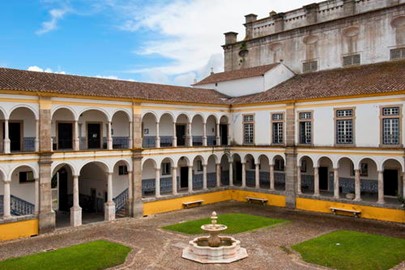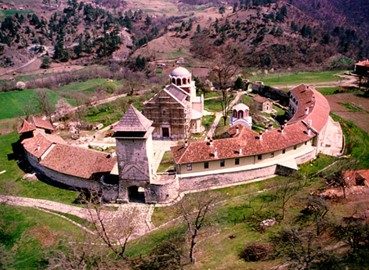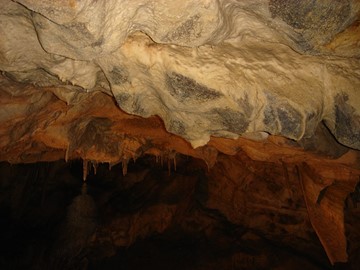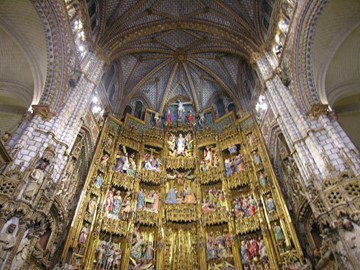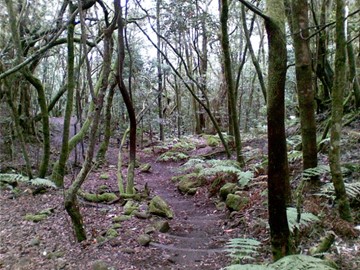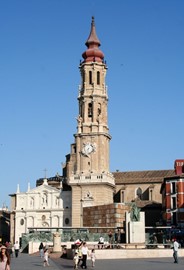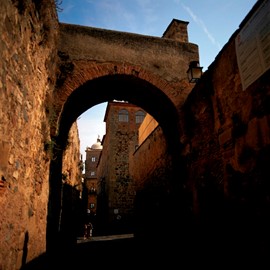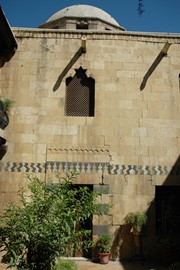search
Blenheim Palace
Blenheim Palace, a UNESCO World Heritage Site in the UK, is an impressive 18th-century Baroque residence built for John Churchill, the 1st Duke of Marlborough, following his victory at the Battle of Blenheim. Designed by Sir John Vanbrugh, it showcases grand architecture, ornate interiors, and extensive landscaped gardens crafted by Capability Brown. The palace also holds historical significance as the birthplace of Sir Winston Churchill. Today, it serves as a family home, tourist attraction, and venue for ... Read More
Bath
The City of Bath, a UNESCO World Heritage Site in the UK, is renowned for its well-preserved Roman baths, dating back to 43 AD, which showcase ancient engineering and architecture. Its elegant Georgian buildings, including the iconic Royal Crescent, reflect 18th-century urban design and attract visitors worldwide. The city’s natural hot springs, the only ones in Britain, have historically drawn people for their believed healing properties, blending cultural significance with historical charm.
Westminster
The Palace of Westminster and Westminster Abbey, a UNESCO World Heritage site in the United Kingdom, form a historic architectural complex renowned for its cultural and political significance. The Palace, with its iconic Gothic design and the famous clock tower housing Big Ben, serves as the seat of the UK Parliament, reflecting centuries of legislative tradition. Adjacent Westminster Abbey, a masterpiece of medieval architecture, has been a site of royal coronations, weddings, and burials since the 11th ce... Read More
Kilimanjaro
Kilimanjaro, a UNESCO World Heritage site in Tanzania, is Africa's highest peak, standing as a dormant volcanic massif with three distinct cones: Kibo, Mawenzi, and Shira. Formed over a million years ago, it supports a unique ecosystem, hosting diverse flora and fauna across its forested slopes and alpine zones. Its cultural significance is tied to local Chagga traditions, and it attracts adventurers worldwide for its challenging yet accessible climb. This iconic landmark exemplifies natural beauty and geol... Read More
Chaco Culture
Chaco Culture, a UNESCO World Heritage site in the United States, preserves an ancient Puebloan civilization that thrived between 850 and 1250 AD. This remarkable archaeological site showcases monumental public and ceremonial buildings, including massive stone structures known as 'great houses,' which demonstrate advanced architectural and astronomical knowledge. The site's intricate road systems and cultural artifacts highlight its significance as a major center of ancestral Puebloan society, offering valu... Read More
Hawaii Volcanoes
Hawaii Volcanoes National Park, a UNESCO World Heritage site in the United States, showcases one of the planet's most active volcanic landscapes, featuring two renowned volcanoes, Kilauea and Mauna Loa. Established in 1916, this national park protects diverse ecosystems, from lush rainforests to stark lava fields, while preserving significant Hawaiian cultural sites and traditions tied to the volcanic terrain. Visitors can explore dramatic craters, steaming vents, and rare geological formations, making it a... Read More
Monticello
Monticello and the University of Virginia, a UNESCO World Heritage site in the United States, represent exceptional examples of neoclassical architecture designed by Thomas Jefferson, the third U.S. President. Monticello, Jefferson’s self-designed home, showcases his innovative ideas with features like the octagonal dome and sustainable estate planning. The University of Virginia, founded by Jefferson in 1819, integrates a unique “academical village” layout, blending student living and learning spaces with ... Read More
Gondwana Rainforests
The Gondwana Rainforests, a UNESCO World Heritage site in Australia, encompass ancient subtropical rainforests celebrated for their exceptional biodiversity and evolutionary significance. Spanning rugged landscapes, these forests harbor remnants of Gondwana, the supercontinent from millions of years ago, with unique flora like Antarctic beech and rare fauna such as the Albert’s lyrebird. Towering trees, cascading waterfalls, and volcanic terrain create a dramatic backdrop, offering a living window into Eart... Read More
Iguaçu
Iguaçu National Park, a UNESCO World Heritage site in Brazil, is a breathtaking natural reserve renowned for its spectacular Iguaçu Falls. Spanning a vast subtropical rainforest, it features over 270 waterfalls, including the dramatic Devil’s Throat, surrounded by rich biodiversity like jaguars and toucans. Recognized by UNESCO in 1986, it showcases the power and beauty of nature. The park remains a vital ecological treasure and a global natural wonder.
Trier
Trier, a UNESCO World Heritage site in Germany, is one of the oldest cities in the country, founded by the Romans in the 1st century BCE. It boasts an impressive collection of Roman monuments, including the Porta Nigra gate, an amphitheater, and the grand Constantine Basilica. The city also features well-preserved Roman baths and a bridge spanning the river, showcasing ancient engineering. Beyond its Roman legacy, Trier includes medieval and Baroque architecture, reflecting its long history. This site offer... Read More
Temple of Apollo Epicurius
The Temple of Apollo Epicurius, a UNESCO World Heritage site in Greece, is an ancient Greek temple renowned for its well-preserved architecture and historical significance. Built in the 5th century BCE, it is attributed to Iktinos, the architect of the Parthenon, and features a unique blend of Doric, Ionic, and Corinthian styles. Dedicated to Apollo, the god of healing, it served as a sanctuary for worship and medical relief. Its innovative design includes an early use of interior columns and a north-south ... Read More
Churches and Convents of Goa
The Churches and Convents of Goa, a UNESCO World Heritage site, showcase an exceptional blend of Indian and Portuguese architectural styles from the 16th and 17th centuries. These historic structures, built during the Portuguese colonial era, reflect the spread of Christianity and include notable examples like the Basilica of Bom Jesus, which houses the relics of St. Francis Xavier. Recognized for their cultural and historical significance, they stand as enduring symbols of religious and artistic heritage.
Khajuraho
Khajuraho, a UNESCO World Heritage site in India, is renowned for its stunning group of Hindu and Jain temples built between the 9th and 11th centuries by the Chandela dynasty. These temples are celebrated for their intricate carvings, including detailed erotic sculptures, which showcase exceptional architectural brilliance and artistic mastery. Originally consisting of over 85 temples, around 25 well-preserved structures remain today, attracting visitors worldwide for their historical and cultural signific... Read More
Fatehpur Sikri
Fatehpur Sikri, a UNESCO World Heritage site in India, is a historic city built by Emperor Akbar in the late 16th century as the Mughal capital. Constructed primarily from red sandstone, it showcases a blend of Persian, Indian, and Islamic architectural styles, featuring notable structures like the Buland Darwaza, Jama Masjid, and Panch Mahal. Abandoned within two decades due to water scarcity, it remains a well-preserved testament to Mughal grandeur and urban planning. Today, it attracts visitors for its c... Read More
Hampi
Hampi, a UNESCO World Heritage Site in India, is a captivating ancient city renowned for its historical and architectural significance. Once the thriving capital of the Vijayanagara Empire in the 14th century, it boasts an impressive array of intricately carved temples, royal pavilions, and monolithic sculptures spread across a vast landscape. The site, including the iconic Virupaksha Temple and Vittala Temple with its musical pillars, offers a glimpse into a rich past, blending natural beauty with cultural... Read More
Ghadamès
The Old Town of Ghadamès, a UNESCO World Heritage Site in Libya, is an outstanding example of a traditional settlement, renowned for its ingenious architecture that offers natural climate control. Its unique layout of interconnected rooftops and alleyways reflects a well-preserved communal lifestyle, showcasing human adaptation to the desert environment.
Chan Chan
Chan Chan, located in Peru, is a UNESCO World Heritage site recognized as the largest pre-Columbian adobe city in the Americas. Built by the Chimú civilization around 850 AD, it served as their capital until the Inca conquest in the late 15th century. The sprawling archaeological site features intricate mud-brick structures, including palaces, temples, and plazas, showcasing advanced urban planning and engineering. Today, it stands as a testament to the Chimú's cultural and architectural achievements, despi... Read More
Évora
The Historic Centre of Évora, a UNESCO World Heritage site in Portugal, is a well-preserved medieval city showcasing a rich blend of Roman, Gothic, and Baroque architecture. Its notable landmarks include the Roman Temple, the Gothic Cathedral of Évora, and the eerie Chapel of Bones, constructed with human skulls and bones. The city's unique historical and cultural significance, reflecting centuries of Portuguese heritage, makes it a remarkable testament to the region's past.
Studenica Monastery
Studenica Monastery, a UNESCO World Heritage site in Serbia, is a 12th-century Serbian Orthodox monastery renowned for its exceptional architecture and historical significance. Founded by Stefan Nemanja, the father of the medieval Serbian state, it features a blend of Romanesque and Byzantine styles, with the Church of the Virgin showcasing stunning frescoes from the 13th century. The monastery has long served as a spiritual and cultural center, housing a rich collection of manuscripts and religious artifac... Read More
Skocjan Caves
The Škocjan Caves, a UNESCO World Heritage site in Slovenia, are a remarkable natural wonder renowned for their vast underground canyons, dramatic karst formations, and one of the world’s largest subterranean river systems. This unique cave network, shaped by the Reka River, features towering stalactites, stalagmites, and breathtaking chambers, including the colossal Martel Chamber. Recognized for its geological, ecological, and cultural significance, the site offers a glimpse into an ancient landscape that... Read More
Toledo
Toledo, a UNESCO World Heritage site in Spain, is a historic city renowned for its rich cultural and architectural legacy. It showcases a unique blend of Christian and Jewish influences, evident in landmarks like the Gothic Cathedral of Saint Mary and the Synagogue of Santa María la Blanca. Its medieval streets, winding through a fortified hilltop, preserve centuries of history, from Roman origins to its prominence during the Visigothic and Moorish periods. Toledo remains a captivating testament to Spain’s ... Read More
Garajonay
Garajonay National Park, a UNESCO World Heritage site in Spain, is renowned for its lush laurel forests, a rare remnant of ancient subtropical ecosystems. Located on La Gomera in the Canary Islands, it boasts diverse flora and fauna, dramatic volcanic landscapes, and misty trails that attract hikers and nature enthusiasts. The park’s unique ecological significance and well-preserved natural beauty make it a global treasure.
Mudejar Architecture of Aragon
Mudejar Architecture of Aragon, a UNESCO World Heritage site, exemplifies a unique blend of Islamic and Christian artistic traditions from the 12th to 17th centuries. This style features intricate brickwork, horseshoe arches, and ornate stucco work, reflecting the cultural coexistence of Muslim, Christian, and Jewish communities. Notable examples include churches and towers that showcase this hybrid aesthetic, preserved as a testament to medieval craftsmanship and historical harmony.
Cáceres
The Old Town of Cáceres, a UNESCO World Heritage site in Spain, is a remarkably preserved medieval ensemble featuring a blend of Roman, Islamic, Gothic, and Renaissance architecture. Its historic core boasts narrow cobblestone streets, ancient stone walls, and notable landmarks like the Santa María Cathedral and the Torre de Bujaco, reflecting centuries of cultural influences. This well-maintained urban landscape offers a glimpse into Spain’s rich historical past, attracting visitors with its timeless charm... Read More
Aleppo
The Ancient City of Aleppo, a UNESCO World Heritage site in Syria, is renowned for its rich history dating back to the 2nd millennium BC, serving as a key trading hub along the Silk Road. Its well-preserved architecture includes a vast citadel, medieval mosques, madrasas, and souqs, showcasing a blend of Arab, Persian, and Islamic influences. Despite suffering damage from conflict, it remains a testament to the region’s cultural and historical significance, with ongoing efforts to restore its iconic landmar... Read More







